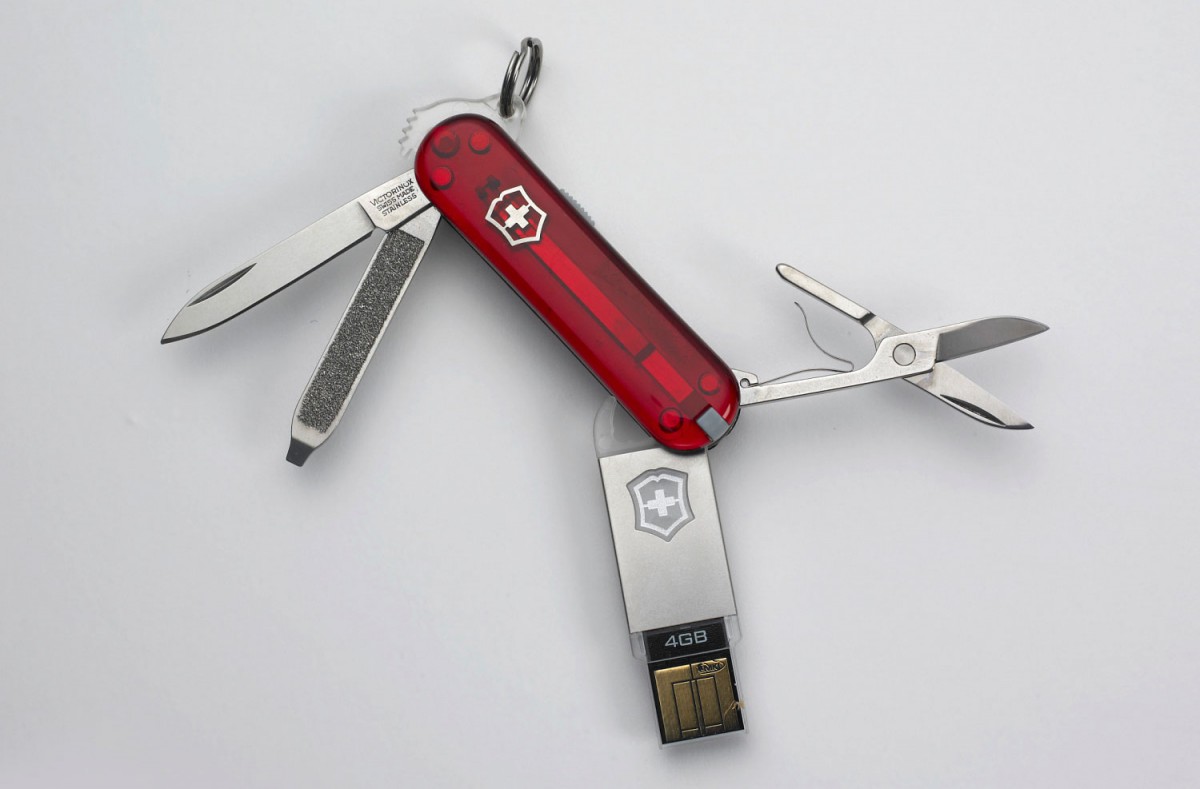Updates
Let’s Talk about Discoverability
Melissa Wadman and I were on the road again last month, but this time around we visited Atlanta to talk to attendees at the American Alliance of Museums Annual Meeting about the strategies that we have taken to improve the discoverability of Smithsonian-authored learning resources. That's right, we were talking about metadata. You know, that “structured information that describes, explains, locates, or otherwise makes it eas...
Building Simple Tools to Enhance Student Learning
So far on the Learning Lab blog, we have shared some ideas for teaching collections you could create by aggregating or sequencing a variety of resources from collection objects, video interviews with Smithsonian experts, magazine articles, and more. Another feature of the Learning Lab, its simple tools, will enhance the ways students and teachers interact with these digitized museum objects in ways that make individualized sense ...
Student Data: Privacy, Transparency, and Data Protections for Youth Users
Recently, SCLDA hosted the 2015 State Teachers of the Year for a day of behind-the-scenes “show and tell" at the Smithsonian, during which we introduced the Learning Lab and had informal discussions about what America's best teachers expected from Smithsonian digital resources. At my table, one teacher's eyes lit up when I asked her how she and her English language arts students might benefit. “Well, this will be a resource that I can trust," she ...
Presenting Our Research (at Museums and the Web 2015)
My colleague and conspirator, Melissa Wadman, and I were in Chicago last week at the annual Museums and the Web Conference. We presented our peer-reviewed paper, From Physical to Digital, Recent Research into the Discovery, Analysis, and Use of Museums Resources by Teachers and Students (slides available here). The paper shares the results of five independent, yet progressional, studies (those that led to the development of the Le...
Recommended: Using Large Digital Collections in Education, from DPLA
Over the past nine months, our friends Franky Abbott and Dan Cohen at the Digital Public Library of America have been investigating the educational use of their platform by talking to other online resource providers (including us here at the Smithsonian) as well as K–12 and undergraduate teachers, with the goal of better understanding how to serve this audience. From their report:We learned that educators are eager to incorporate primary sou...






